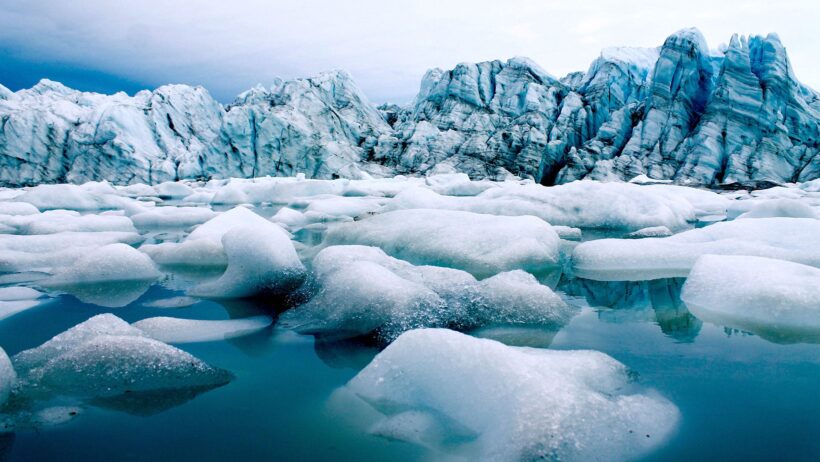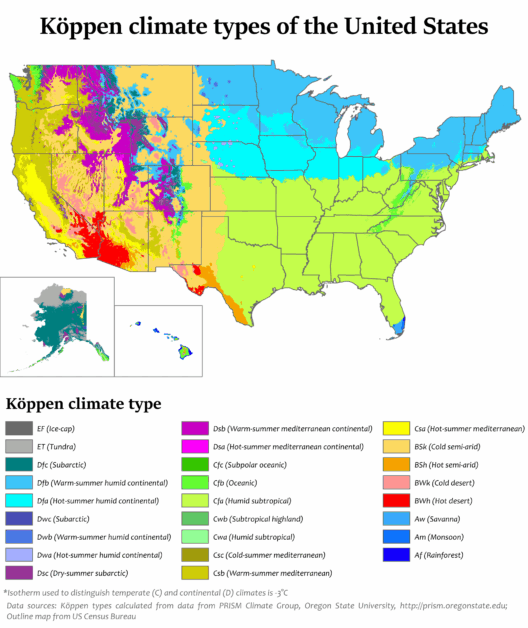When one thinks of climate, the immediate association often gravitates towards terrestrial phenomena—temperatures, precipitation patterns, and atmospheric variability. However, the ocean, comprising about 71% of the Earth’s surface, plays a pivotal role in regulating global weather and climate systems. The very essence of the phrase “Blue Planet” emphasizes this intrinsic relationship between the seas and the climate. Understanding what climate is in the context of the ocean invites us into a realm where contradictions coexist, where stability meets dynamism, and where ancient currents whisper the secrets of our planet’s climatic history.
The concept of oceanic climate is fundamentally tied to the myriad oceanic processes that influence weather patterns worldwide. Oceans function as vast reservoirs that absorb, store, and redistribute solar energy. This thermoregulation is critical in alleviating extreme temperature fluctuations, making coastal regions more temperate compared to their inland counterparts. The interplay between ocean currents, such as the warm Gulf Stream and the cold Labrador Current, creates distinct climatic anomalies that can lead to diverse environmental conditions even in closely situated locales.
To dissect this relationship further, one must appreciate the ocean’s circulation patterns, particularly those of the global conveyor belt, also known as thermohaline circulation. This intricate system is driven by differences in salinity and temperature, orchestrating a complex ballet of water masses across global oceans. As warmer, lighter waters from the equatorial regions travel toward the poles, they inevitably encounter colder, denser waters, resulting in stratification, nutrient cycling, and considerable climatic effects. Such interactions modulate not only local microclimates but also contribute significantly to broader climatic phenomena such as El Niño and La Niña, which have far-reaching impacts on weather systems spanning continents.
Moreover, the ocean is a critical carbon sink, absorbing nearly a third of the carbon dioxide emitted by human activities. This capacity, however, is not without consequence. The increasing concentration of CO2 has led to ocean acidification, adversely affecting marine biodiversity and the very ecosystems that sustain life on Earth. The repercussions of these changes reverberate through the food web, disrupting fisheries and impacting livelihoods dependent on marine resources. Understanding these mechanisms underpins the urgency with which climate action must be approached—ocean health is intrinsically tied to planetary health.
Climate change poses an existential threat to both oceanic and terrestrial climates. A warming planet alters ocean temperatures, inducing the melting of polar ice and glaciers, contributing to rising sea levels. Coastal areas, often densely populated, are at heightened risk of flooding and erosion, compelling a reassessment of urban planning and disaster preparedness. The advent of aquifer intrusion, where saltwater encroaches into freshwater systems, complicates matters further, necessitating innovative solutions for water security in these vulnerable regions.
Diving deeper into the phenomenon of ocean temperatures reveals the phenomenon known as thermal expansion. As water temperatures rise, the volume of the oceans expands, leading to an increase in sea levels. This rising tide creates not only physical alterations to coastlines but impacts marine species’ habitats. Coral reefs, the magnificent biodiversity hotspots of the ocean, are particularly vulnerable. Increased water temperatures lead to coral bleaching, a process that significantly undermines the structural integrity of these ecosystems, placing innumerable marine species at risk of extinction.
The narrative of climate in the ocean extends beyond the physical changes; it is also interwoven with the social fabric of coastal communities. For many, the ocean is a source of sustenance, culture, and identity. Traditional fishing practices and artisanal fisheries are under threat as shifts in fish populations and migration patterns ensue due to changing oceanic conditions. The ocean’s climate is also a driver of socio-political tensions, especially concerning maritime boundaries and resource distribution. Regions like the South China Sea exemplify the contentious nature of oceanic governance in the wake of climate change.
This grand tapestry of interactions and consequences reveals that the ocean is not merely a backdrop to climate processes; it is an active participant, shaping our weather patterns and influencing our climate systems. The promise of a shift in perspective lies in recognizing the ocean as a dynamic entity rather than a passive observer. As stewards of the environment, it becomes imperative to adopt an integrated approach to climate action, encompassing both terrestrial and marine ecosystems.
In our quest to mitigate climate change, fostering curiosity about the ocean’s role is essential. Public engagement through education and awareness campaigns can galvanize collective action. Utilizing modern technology, such as remote sensing and oceanographic research, allows scientists to glean insights into oceanic transformations at unprecedented scales. Additionally, efforts towards sustainable practices, whether in fishing, tourism, or urban development, can create a paradigm shift that honors the balance between human activities and marine ecosystems.
Ultimately, the ocean is a climate nexus; its currents, temperatures, and ecological relationships dictate much of our planet’s climatic narrative. By embracing this complexity, we can foster a deeper understanding and connection to the ocean, paving the way for resilient communities that thrive alongside the ever-changing tides. In doing so, we not only protect the ocean’s health but also our own, recognizing that the fate of humanity and the ocean is inextricably intertwined.





